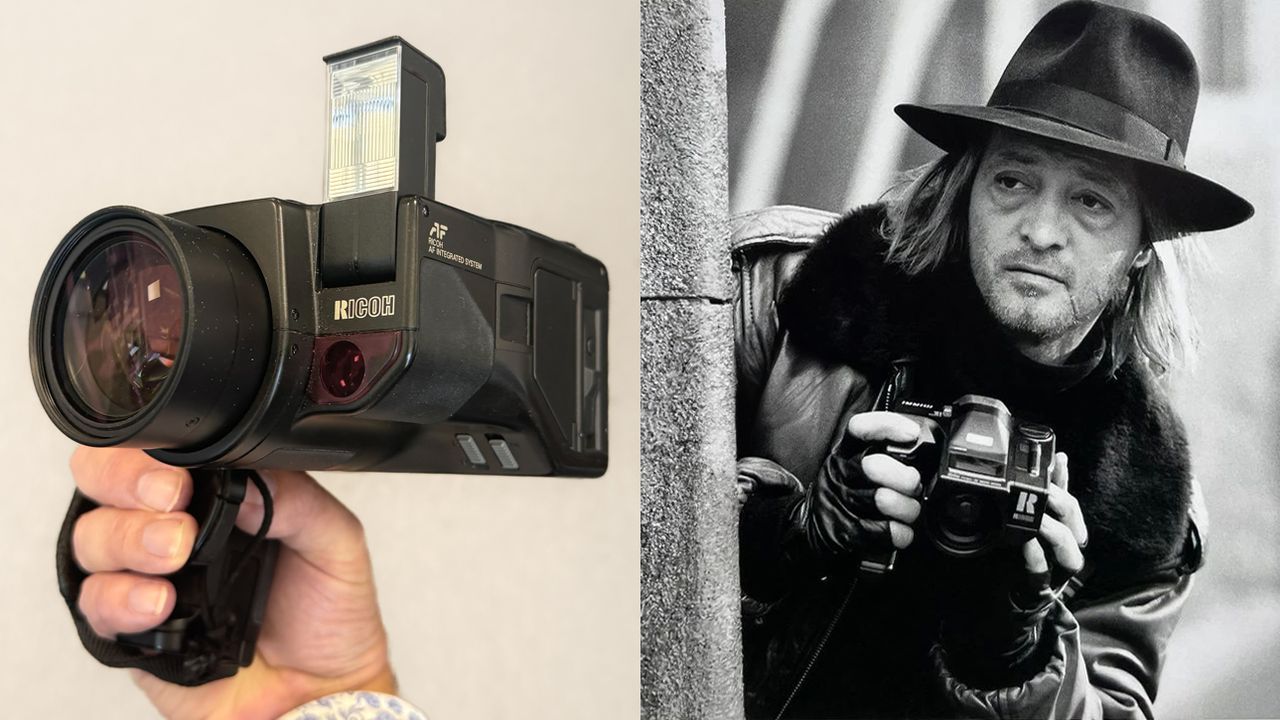
I have recently started to buy cameras that I reviewed decades ago. This is partly because they bring back great memories from earlier in my career as a camera journalist – but also because these 'classics' are just so cheap.
This Ricoh Mirai bridge camera was launched back in the late 1980s – and I remember how much I loved the futuristic design, and its innovative approach to camera handling.
The design was so out there that the camera made a cameo appearance in the classic Batman movie directed by Tim Burton – the one where Jack Nicholson plays The Joker.
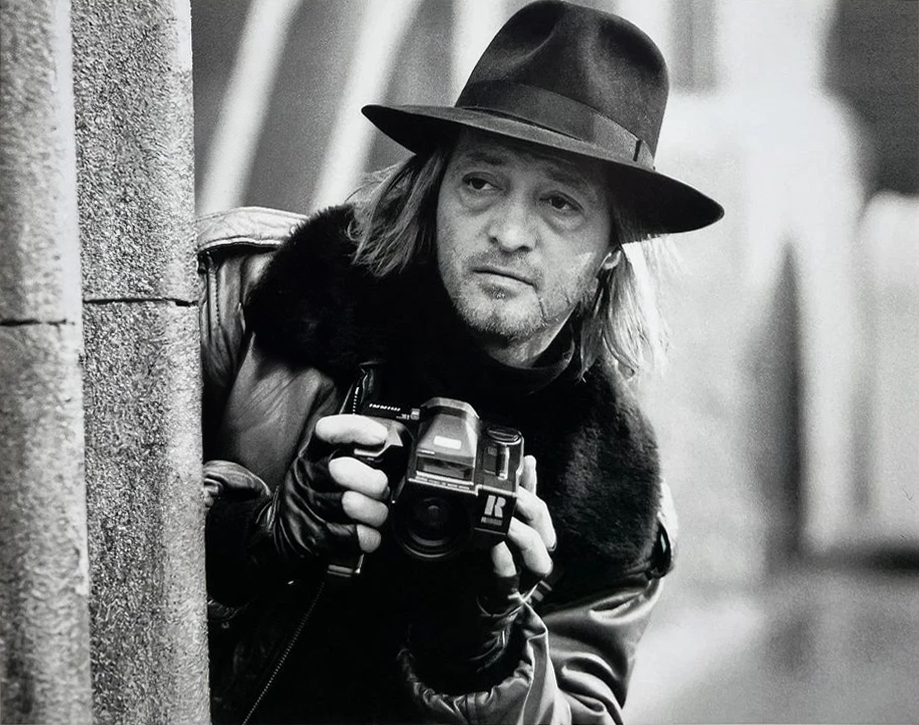
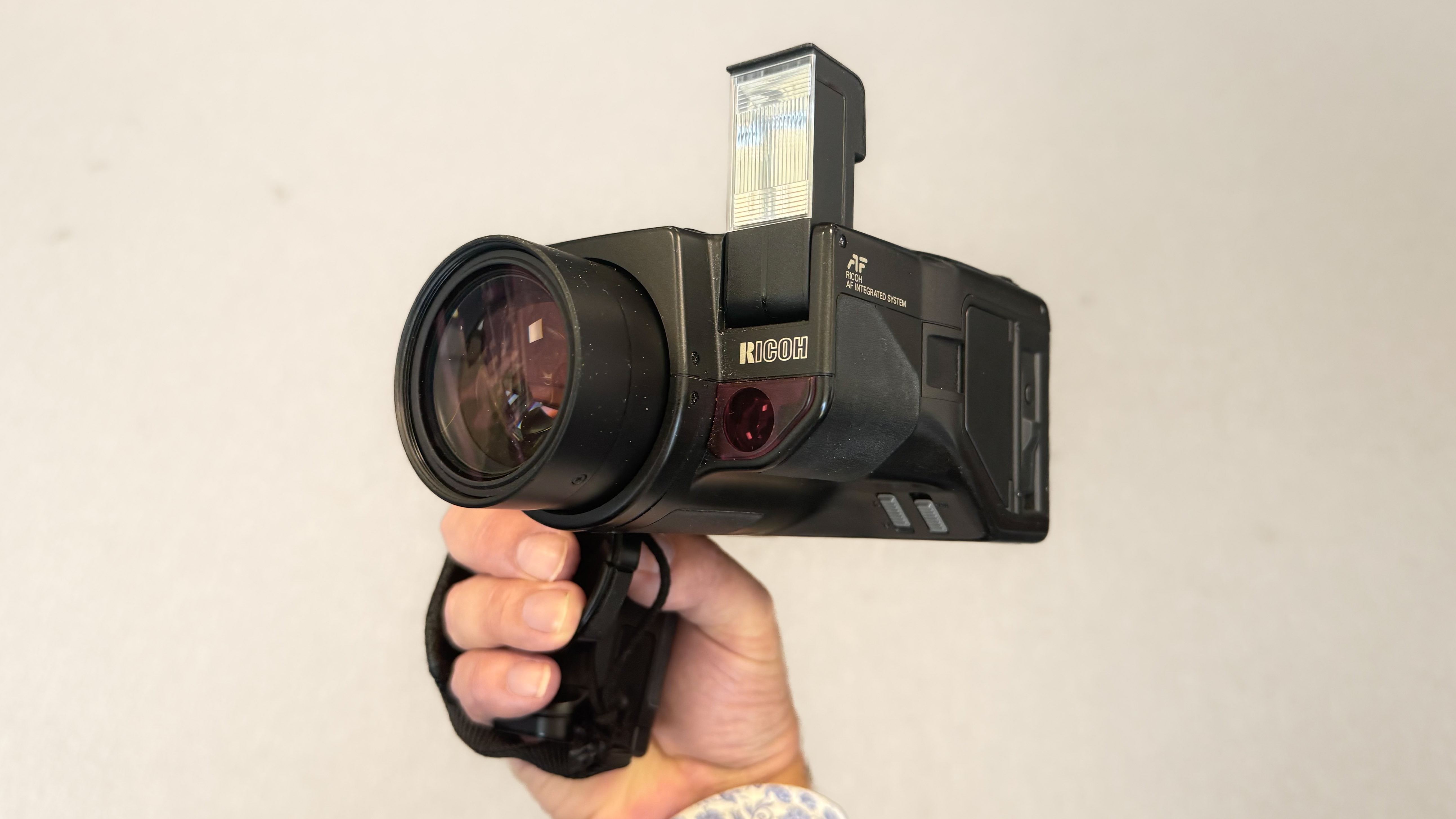
Incredibly (to me at least) I managed to get one that looks in great shape and still works – for under $25 / £20 on eBay. The seller had even thrown the optional flashgun that was designed for the Mirai in with the deal.
At launch in 1988, it sold for £360 in the UK – which is equivalent to nearly £1,000 today – which I definitely wouldn't have been able to afford at the time.
The Mirai was one of the first bridge cameras – a new camera type that literally bridged the gap between the early autofocus SLR film cameras and the increasingly popular zoom compact.
But what Ricoh did was not mimic the handling of an SLR – instead, it created a camera where you held the camera with a chunky handle that also functioned as the battery compartment.
Just like an SLR, you viewed your subject through the lens itself via an eye-level optical viewfinder. Through this, you could read the shutter speed and aperture that had been set.
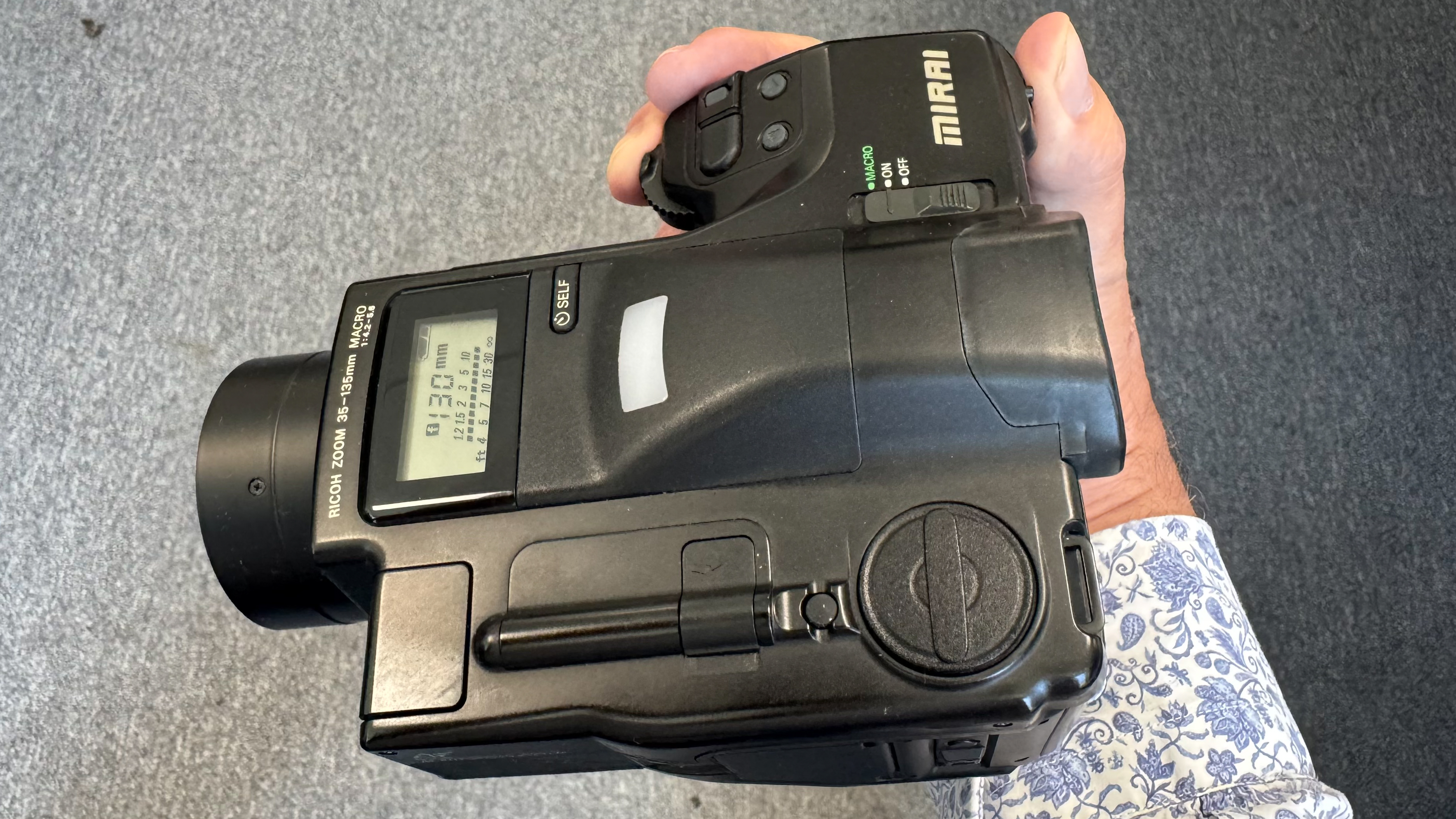
The zoom range was modest by today's bridge camera standards, featuring a built-in 35-135mm f/4.2-5.5 lens. An optional teleconverter was available, if you wanted to stretch your optical reach to 200mm.
Mirai is the Japanese word for the future – and Ricoh obviously had high hopes for its futuristic camera. The company reportedly spent four years and ¥2 billion (approximately $16 million / £10 million) on its development.
One of my biggest criticisms of the camera, when I first reviewed it, was its handling – even though it felt great in the hand.
"Try turning the pistol grip to take an upright photo, and it's not only uncomfortable to hold, but some of the controls become difficult to reach," I wrote at the time.
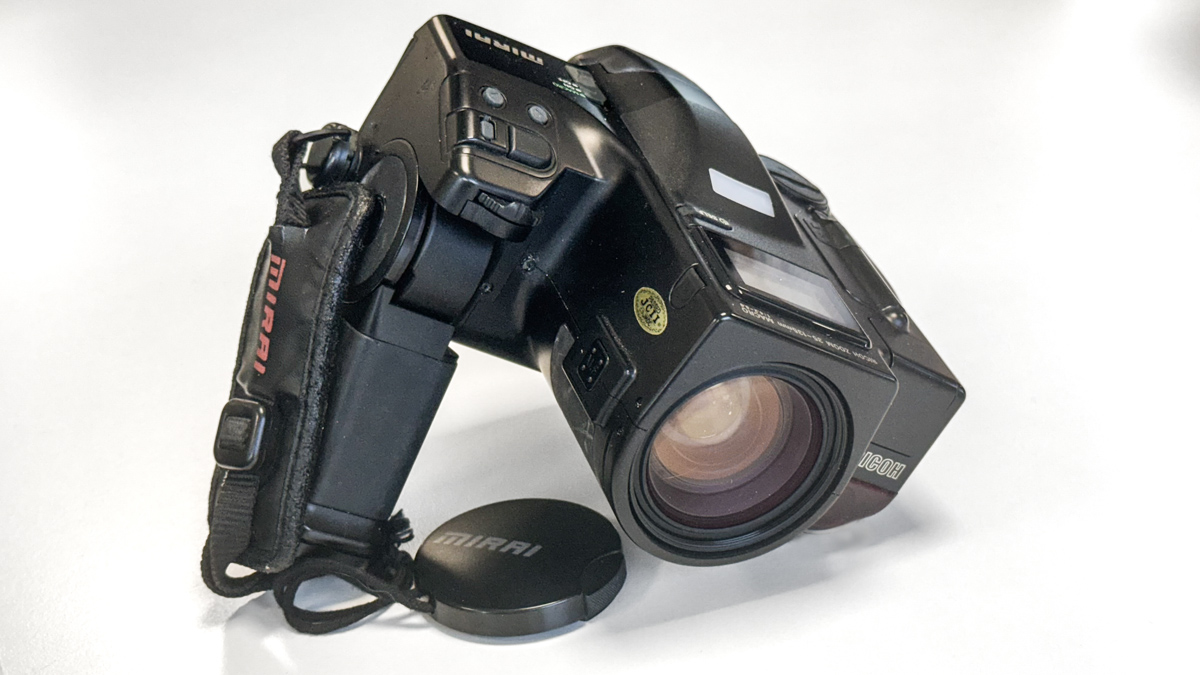
Today, my main criticism would be the autofocus. AF technology has moved on light years in the last three decades – so the focus is literally pedestrian, albeit accurate for static subjects. You wait for the lens to chug to the right distance, and it feels that it would be just as quick to focus manually.
I would also question more vehemently Ricoh's decision not to provide an aperture priority exposure mode – here you have to make do with program shift and exposure compensation to exercise a modicum of creative control.
Nevertheless, as compact cameras continue to make a comeback, I'd love to see the launch of a big sensor bridge camera today. Perhaps not a full-frame one to rival the Mirai – but maybe one with a Micro Four Thirds sensor. Too much to wish for? Perhaps.
You can watch Batman on digital or physical media here.

Check out our guide to the best bridge cameras you can buy new today







